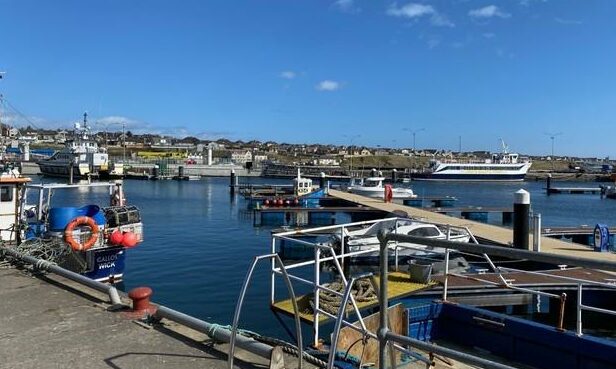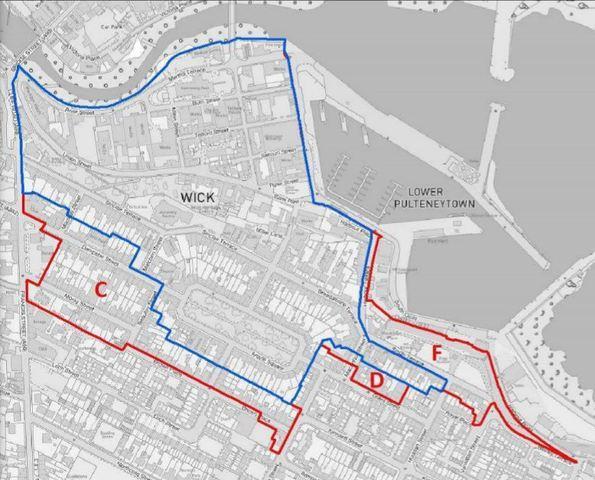Members of Caithness area committee have today given the green light to extend the boundary of the Wick Pulteneytown conservation area.
The former Royal Burgh of Wick was once two distinct towns: ‘new’ Wick north of the river and the historic Pulteneytown village to the south.
In a 226-page report to committee on 12 August, council planning officers provided a detailed account of the extraordinary character of the area.
A Thomas Telford gem
Pulteneytown is thought to be the earliest planned industrial area in Scotland. Its existence is down to the promotion and expansion of the fishing industry by the British government in the early 19th century.
The British Fisheries Society commissioned civil architect and engineer Thomas Telford to find a new harbour base, and Telford had Wick in his sights.
Telford envisaged a new harbour to land herring, an industrial and residential area to support increased trade, and a new bridge over the Wick river to connect the new Pulteneytown with the existing settlement. In 1803 a contract was signed for the purchase of 398 acres of land south of the river mouth.
The plan was an overwhelming success: the harbour became the largest herring fishing port in Europe and Telford’s Pulteneytown was at its heart.
Telford was – says the report – “one of the leading protagonists of the Georgian era” and Pulteneytown the only exected town plan of the British Fisheries Society, not to mention its most successful investment.
Wick Harbour will not be included
Today, the industrial sector around the harbour and the Georgian facades of the residential quarters on the higher banks remain well preserved. The report to committee highlights the integrity of the conservation area and the construction methods and locally quarried stone, both unique to Wick.
In recognition of the area’s national significance, members agreed to enlarge the boundary. The proposed new Conservation Area Appraisal and Management Plan (CAMP) includes several more streets of architectural prominence to the south and east of the existing plan.
Following a period of public consultation, the council has recommended against including Wick Harbour in the revised boundary.
Wick Harbour Authority had raised concern that being part of the conservation area could hamper its development plans.
Careful balancing act
Wick and east Caithness councillor Raymond Bremner asked how much discussion had taken place around potential planning permission restrictions arising from the extended conservation area.
Conservation officer Andrew Puls emphasised that the CAMP was not about restricting people: “It’s about sensitive and appropriate development, but ultimately bringing people back to Pulteneytown. We want to bring the area back to life and galvanise the community.”
Mr Puls went on to describe the “invaluable” involvement of the community stakeholder group in creating the plan.
He said that bringing local people into the discussion from the very beginning was so successful that the team plan to take this approach with future consultations wherever possible.
In particular, he highlighted the “extraordinary” knowledge and expertise of Wick Heritage Centre.
The decision to exclude Wick Harbour was a pragmatic one from officers, who said that while they felt there was little risk to the operation of the Harbour, it also wouldn’t bring any significant benefit.
Mr Bremner said: “I’m happy that there’s a good balance here now between conserving the area and not hampering progress and development.”
Thurso is next in line
Councillor Matthew Reiss, who represents the neighbouring town of Thurso, paid tribute to the regeneration of the harbour area and the efforts of Wick Heritage Centre.
He said: “When I first came to Wick back in 1985 I lived in Saltoun Street, so I found this a really interesting report.
“You’re right on the North Coast 500 route and you have this incredible heritage, it’s a great place. I wish Wickers well with this project.”
Thurso’s own conservation area will be next in line for a management plan, after council officers confirmed that the town is “next on the list”.
The proposal to extend the conservation area in Wick will now go to the council’s economy committee on September 1 for agreement.

